Karachi's Turk Masjid, another connection between Pakistan, Turkey
Built in 1863, the three-story mosque has seen several repairs and expansions over the decades
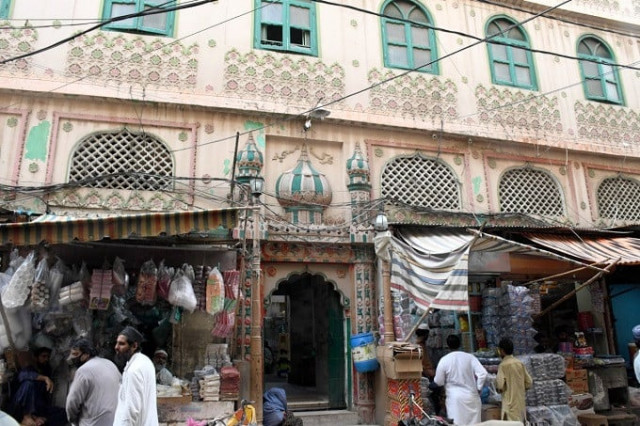
Standing in the middle of a bustling street in Pakistan’s southern port city of Karachi, Turk Mosque offers a fine blend of Turkish and Mughal architecture to the onlookers.
A narrow street known as River Road extends from historic Lee Market in the city’s southern district to a 158-year-old imposing edifice surrounded by small and big shops.
One can spot the four tall green-painted minarets of the square-shaped mosque, a distinctive Turkic structure, from a good distance.
Built in 1863, the three-story mosque has seen several repairs and expansions over the decades.
Originally, according to Syed Ashraf Shah, the head of a committee that oversees the mosque affairs, it was a single-story structure painted entirely in green. However, as the number of devotees grew, he added, another two floors were built to accommodate them.
The main hall, where the imam leads the prayer, is located on the ground floor. A large white-mirror chandelier hangs in the middle of the hall, while small decorative lights cling to the pillars on either side add to the site’s beauty.
The two side pillars are in an arch shape, which bisect the main prayer hall into one bigger and two small portions. Windows are wide and made of Cedarwood.
Mehrab or alcove - a niche in a mosque’s wall that indicates Makkah’s direction, is ornately decorated with small pieces of mirror. On Mehrab’s edge, the names of the four Muslim Caliphs are engraved in green color.
A board with Quran verses in Arabic and their translation in Hindi, which was widely spoken in Karachi until the partition of India in 1947, is hung on the right side of the wall.
Yellow stones, which are now fading, have been used for the construction of the arch-shaped pillars, whereas the floor is finished with white marble.
“This is not the original floor,” Mohammad Amjad Saeedi, who has been a Muezzin (prayer caller) for the last eight years, told Anadolu Agency. “The original floor, which was also made of yellow stones, was ruined due to the ravages of time, so it was reconstructed some 20 years ago,” he added.
Saeedi took over after his father, who had performed the same job for 33 years until his death in 2014.
Read Pakistan condemns desecration of mosque in IIOJK
The walls and floor of the first floor are finished with white marble tiles, while the second floor, which was an addition to the mosque over four decades ago, has marbled walls and a mosaic floor.
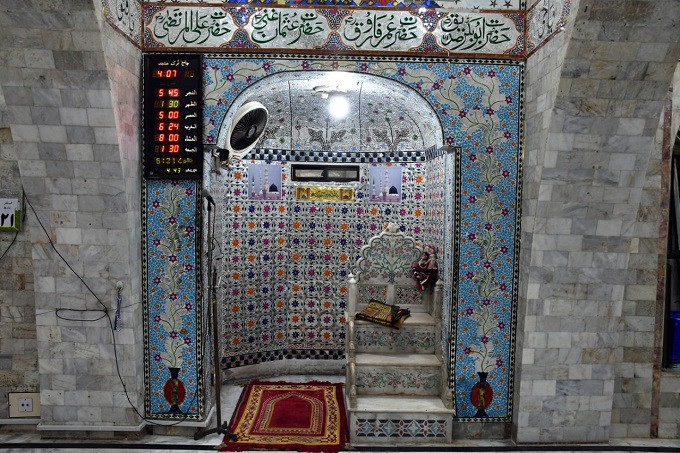
It has four residential rooms, two each on the first and second floors, and it used to be a school. The mosque has four entrances, each of which leads to a busy street, such as the famous Dates Market or Khajoor Bazaar.
A plaque erected above one of the entrance gates reads that the mosque was built in 1280 Hijri (Islamic calendar year) i.e. 1863, but nothing is mentioned about its builder.
According to Shah, whose family has been taking care of the mosque’s affairs since 1940, the most popular historical view is that it was built by the Turkish government following a visit by a Turkish delegation to the then Hindu-dominated area.
“All I know is that it was built in the middle of the 19th century, but I have no idea who built it,” said Arif Hasan, a Karachi-based city planner, and historian.
“It was a Hindu-majority area at that time,” he told Anadolu Agency. However, the majority of Hindus migrated to India after partition in 1947, he added.
The mosque also served as a school until the late 1970s, with both boys and girls enrolled.
Shah, who was born and raised in the neighborhood and received his primary education at the Masjid, recalled that the first-floor school had closed in 1978 for unknown reasons.
“I studied here until class 4 and after that, it was shut down. I cannot recall what was the reason, but it could have been the opening of many new schools in the locality or the lack of finances,” he went on to say.
Turk connection
Abdul Malik Turk, who spoke Persian fluently, was the mosque’s last Turkish-origin prayer leader, who died in the late 1970s, Shah recalled and added that he had settled here in the late 19th century.
The last member of the Turk family, a son of Malik, moved to the US six years ago, Shah said.
“Many people want this structure demolished and replaced with a modern (mosque) structure. But that is something we do not want because it reminds us of our connections to Turkey and its people,” Shah, who is also a local leader of the center-left Pakistan People’s Party, said.
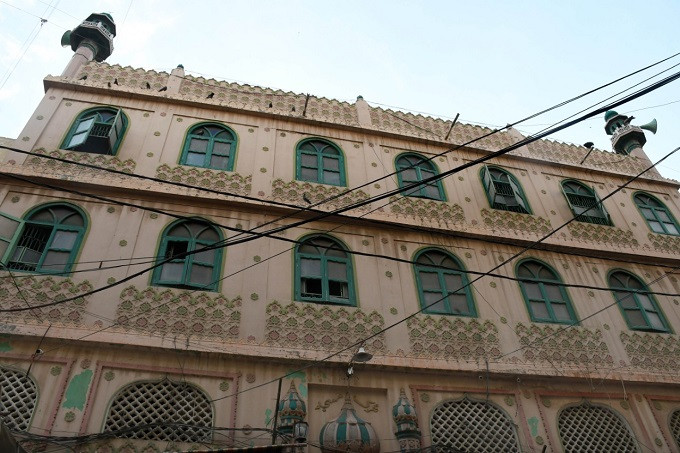
“We have a long association with the Turkish people. They are brothers to us. When we offer prayers, we also pray for those who built this mosque,” he maintained.
Officially, the mosque is under the control of the provincial government’s religious affairs department, however, according to Shah, that does not contribute “even a single penny” to run the day-to-day affairs.
“It’s the local residents and businessmen who bear the mosque expenses,” he said.

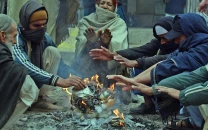



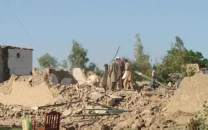
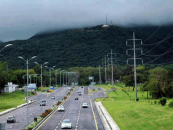












COMMENTS
Comments are moderated and generally will be posted if they are on-topic and not abusive.
For more information, please see our Comments FAQ